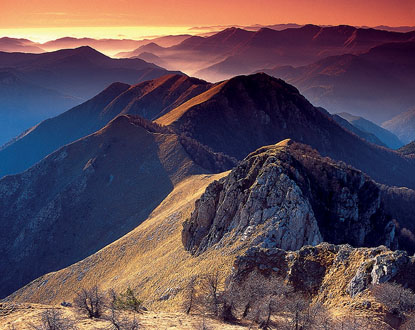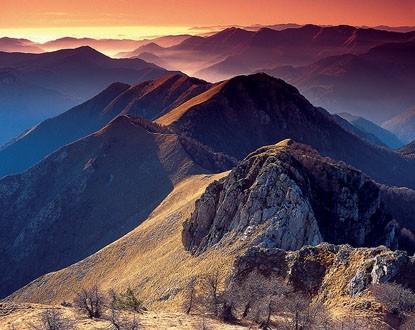Eric Ciotti, President of the General Council and Fernand Blanchi, general councilor of the Alpes Maritimes and President of the Mercantour National Park, presided over a ceremony yesterday in support of the candidacy for UNESCO World Heritage status of the natural property “the transboundary Marittime Mercantour: The Alps of the Sea.” Most of the mayors from the region, as well as some officials from Italy, attended the ceremony.

The two parks are located on either side of a high mountain border. Together, they account for 1 million annual visitors in a very sparsely populated natural area: 25,000 inhabitants in a territory of 2,425 km².
These two mountain parks are not only very popular with hikers but also share common geology and biodiversity. They have already collaborated to reintroduce the ibex and the bearded vulture or to restore cross-border trails.
The Mercantour National Park submitted its candidacy for UNESCO World Heritage listing on November 18, 2013, jointly with neighboring Italian parks. This candidacy as a “natural property” is among the very rare cross-border candidacies.
The Council, therefore, fully supports this candidacy. Its President recalls that a World Heritage listing would be a “global recognition” for a “territory of great wealth.” Clearly mentioning the positive economic impacts for the region, he gave the floor to Fernand Blanchi, the current President of the Mercantour Park. The latter affirmed that this idea launched in 2003 must be “the ambition of an entire country.”
For a site to be classified as a UNESCO World Heritage site, the first step is its inclusion on the tentative list by the States. At least one of UNESCO’s 10 selection criteria must be met. Candidacies are then evaluated by the International Council on Monuments and Sites and/or the International Union for Conservation of Nature. The final decision is made by the Intergovernmental Committee of the World Heritage, which meets once a year.
Each country can submit one natural site and one cultural site each year. To remember, one should recall the very recent announcement of the candidacies to UNESCO of the Promenade des Anglais and the “savoir-faire related to perfume” of Grasse.
The filing date of the candidacy file was set for September 2015 to be reviewed in 2016. The collaboration of scientists and citizen mobilization will influence the decision of the UNESCO Jury.



